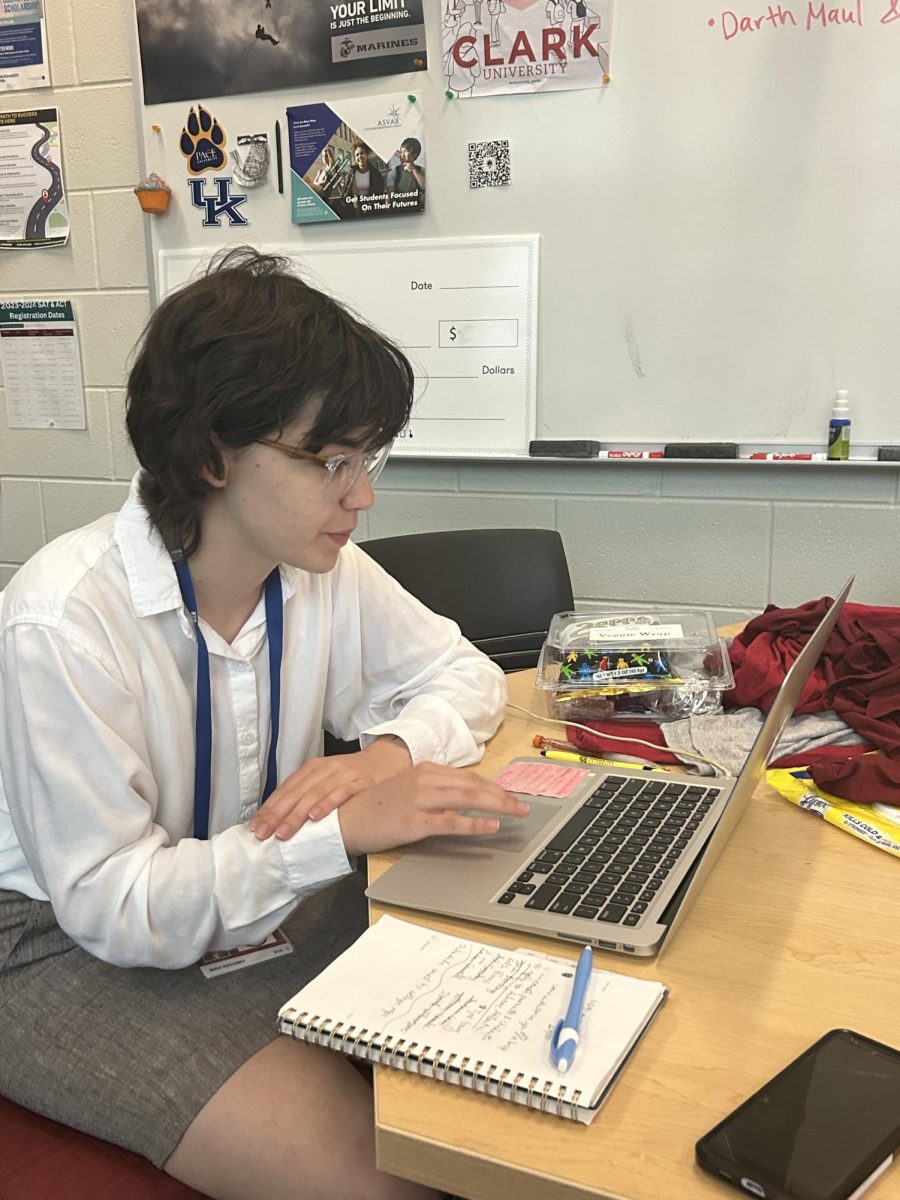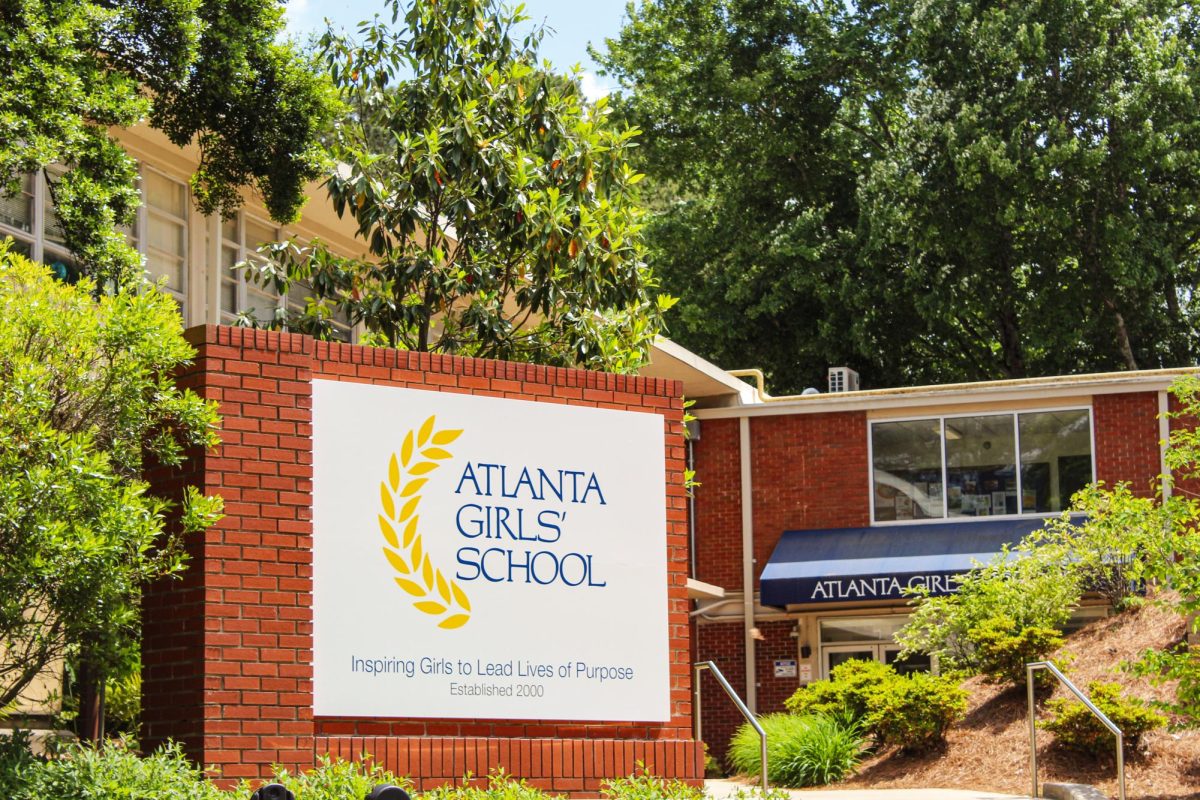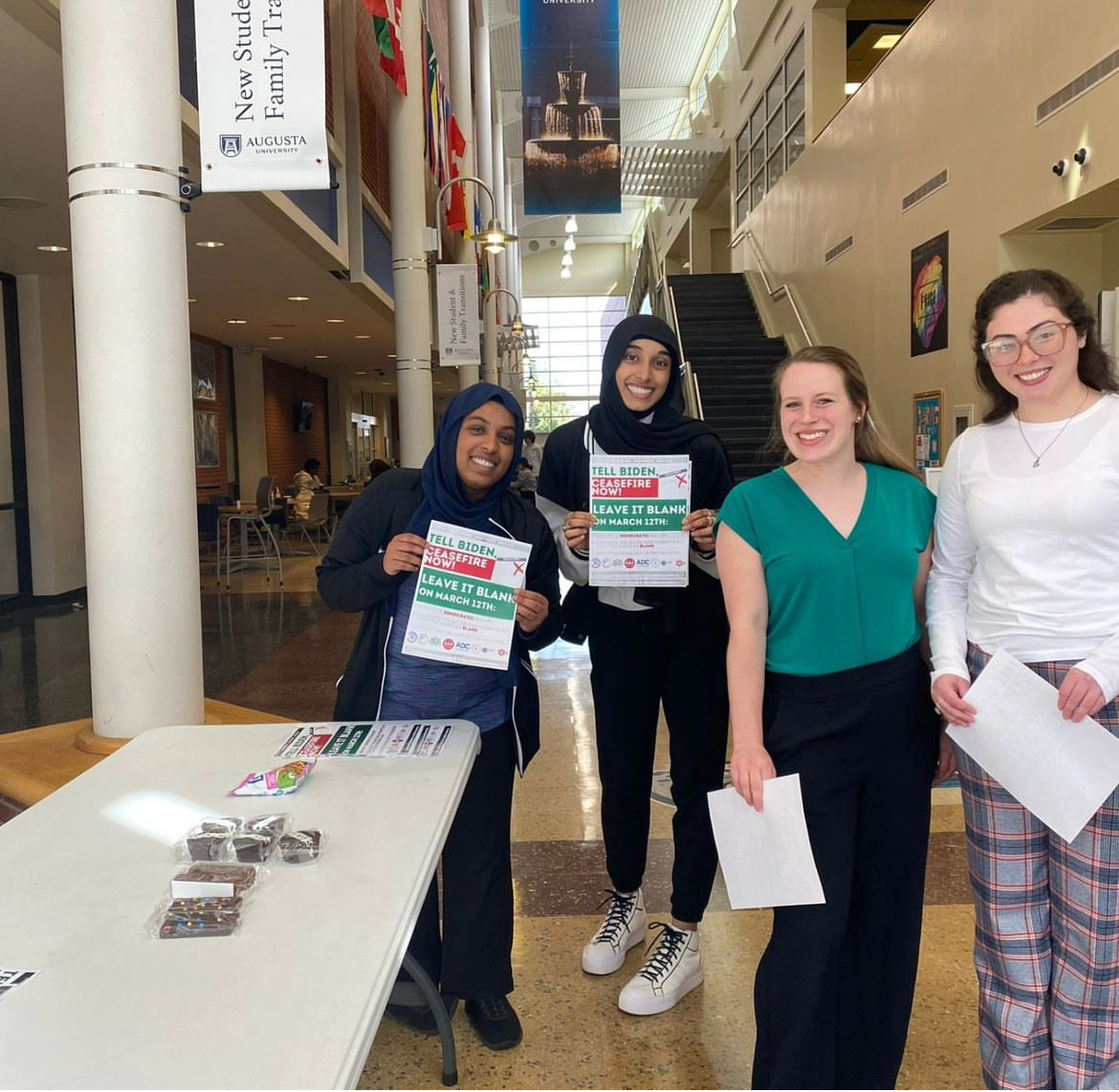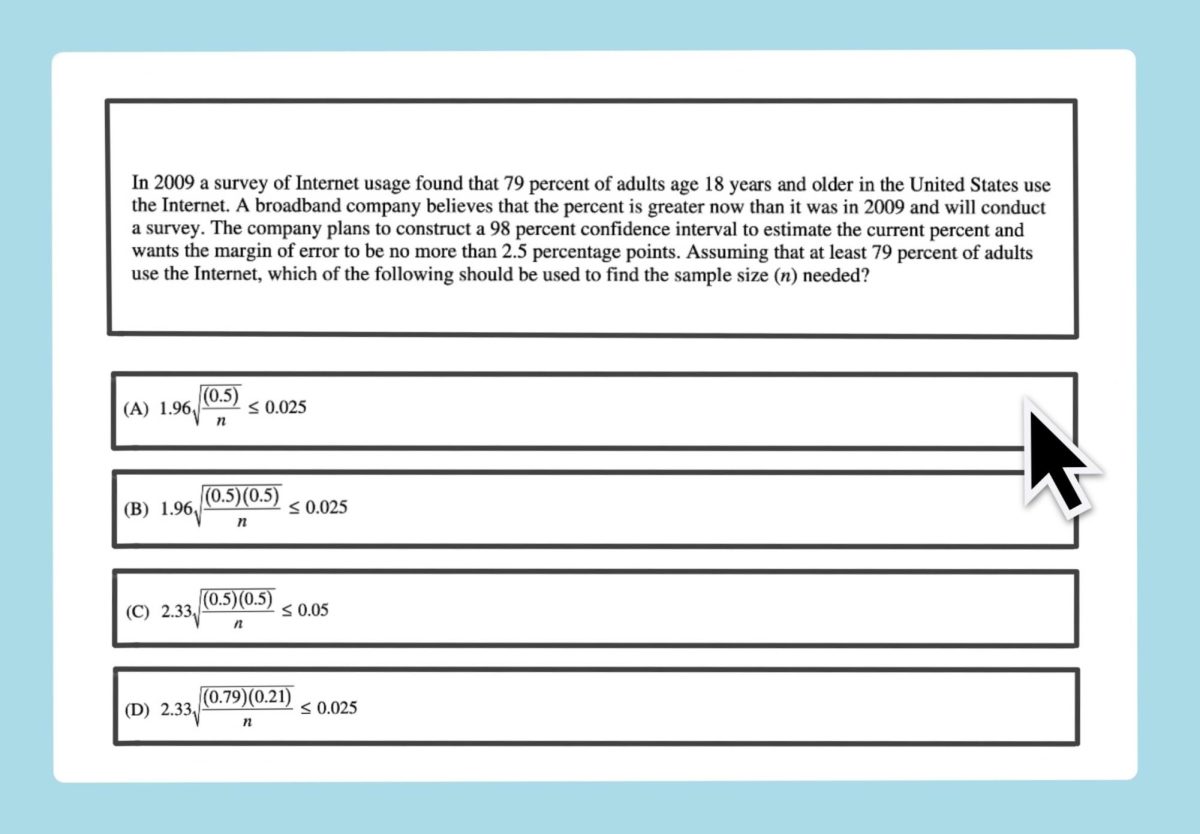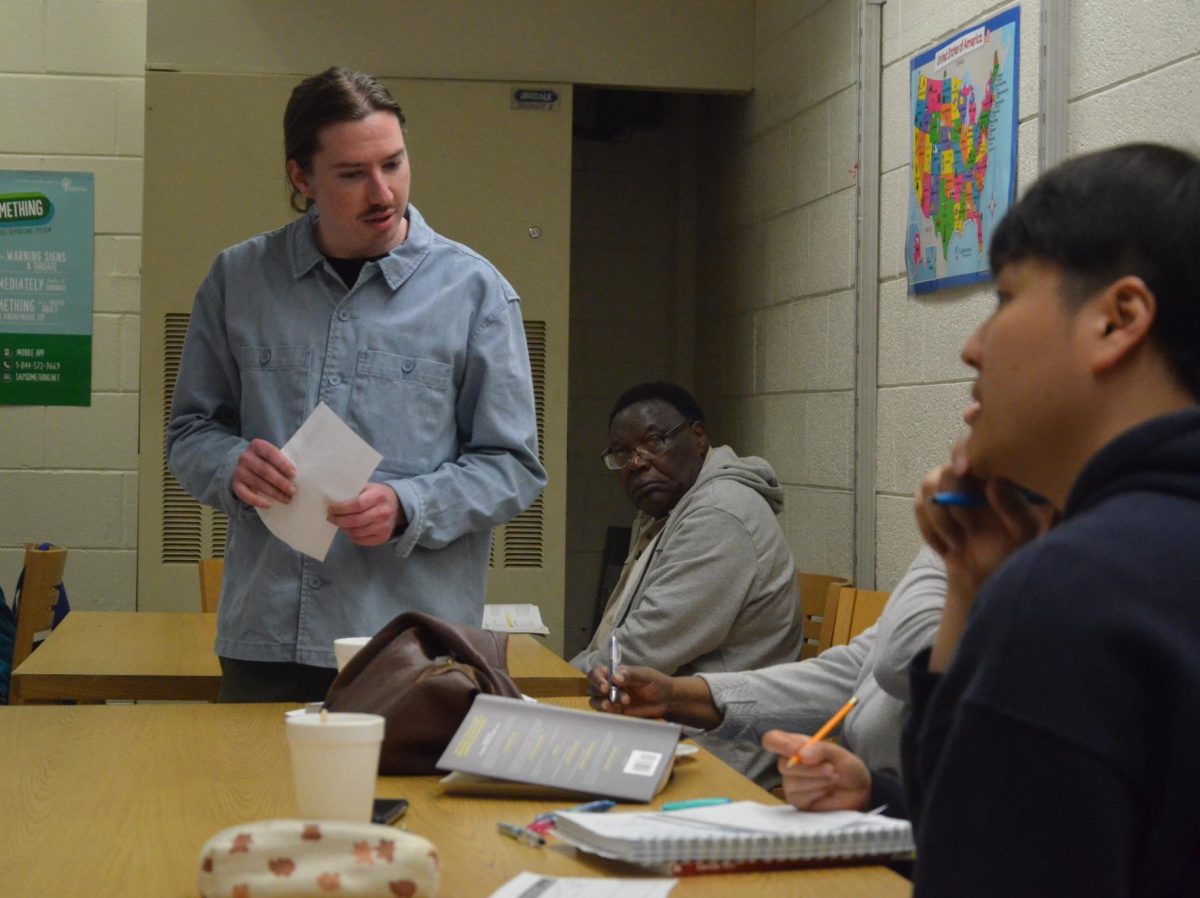Say you are standing in a lunch line and the cafeteria lady offers you a cookie or an apple. Most would take the cookie every day, thinking that a little unhealthy morsel now won’t add up to a problem later. While the apple is better for you now and in the long run, most are willing to sacrifice these obvious benfits for a good-tasting snack now.
Though this example may seem harmless enough, millions of high-school students across the United States face a choice very similar to that every time they decide to go to algebra or eat a school lunch. Students have a very short-term view when given options and so they tend to not think about how their choices now influence the rest of their lives. I have witnessed too many examples of students disrupting class for some silly reason by asking their chemistry teacher questions like, “Why will I need to know Avogadro’s number later in life?” The answer: they probably won’t, and given APS’s 52 percent graduation rate, that student has about a 50-50 shot of not graduating. Students drop out because they do not see the use of doing well in school in the long run. So the question arises: How do we give students a short-term plan with long-term benefits? The answer is vocational classes,
Some students might view college as too expensive and taking too long to complete, and so they want to find work in a skill that pays well but doesn’t require a college degree. At Grady, however, we don’t provide classes to prepare student for those kinds of jobs and so students end up choosing between preparing for college and dropping out, the latter of which leads to a neverending cycle of poverty. According to research by the Economic Mobility Project of the Pew Charitable trust, 65 percent of kids born into families with incomes in the lower two-fifths of the nation stayed in the bottom two-fifths throughout their lives. By implementing vocational classes at Grady, we can give students a nondegree skill that they can use to earn a better, more lucrative future. According to the U.S. Department of Labor, in 2012, the mean income for a mechanic in Atlanta was $39,360, nearly $20,000 above the current poverty threshold for a family of 3 people. We could offer classes to train heating and cooling mechanics, electricians and hairdressers. The average income for those three jobs alone is slightly more than $41,800. By giving the option of learning a skill through vocational classes, we can help them build a better future, even if that future doesn’t include college.
Not only can vocational classes help kids in the long run, but they are also able to help students graduate. According to a 2000 Florida State University study of four different high schools in Tallahassee, Fla., the graduation rate for students classified as having low socioeconomic status and had taken vocational classes was on average 21.8 percent higher than the graduation rate for their their non vocational counterparts.
Grady does have vocational classes called CTE’s, which stand for Career and Technology Education. The engineering and graphic design classes fall under this category because they are teaching students a skill, but there is not a broad enough range of careers available for students to choose. Funding for vocational classes may be a problem for Grady and nationwide. APS only gives $12,375 to CTEs at Grady and in his proposed budget for 2012, Obama cut funding for vocational education by $264 million. Though it might seem as a waste of money, those millions of dollars could have gone to helping students succeed in life, which in turn can spur national economic growth by supplying the economy with more able consumers.
Just like the kids weighing the merits of cookies and apples, public schools need to think about the life of their students after they graduate. Though higher test scores and graduation rates may rise in the short term if they take the cookie, students might not benefit in the long run. If public schools are willing to sacrifice a bit of money to give more funding to vocational classes, just like eating the apple, their students will be more healthy economically later in life.

